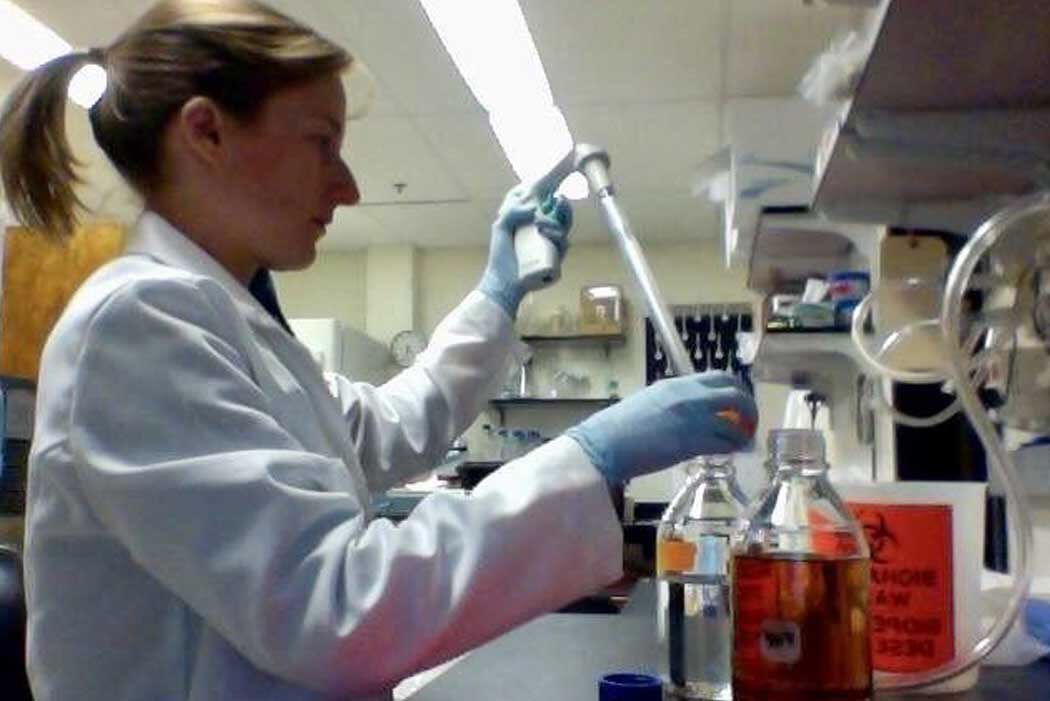NOTE *** Retail eggs may take longer as eggs are also needed as a raw material.
When given a choice between laundry/dish detergent and personal hygiene products we can expect the manufacturers will prioritize production of the latter first.
Keep Current with TheLastRefuge
This Thread may be Removed Anytime!
Twitter may remove this content at anytime, convert it as a PDF, save and print for later use!

1) Follow Thread Reader App on Twitter so you can easily mention us!
2) Go to a Twitter thread (series of Tweets by the same owner) and mention us with a keyword "unroll"
@threadreaderapp unroll
You can practice here first or read more on our help page!



